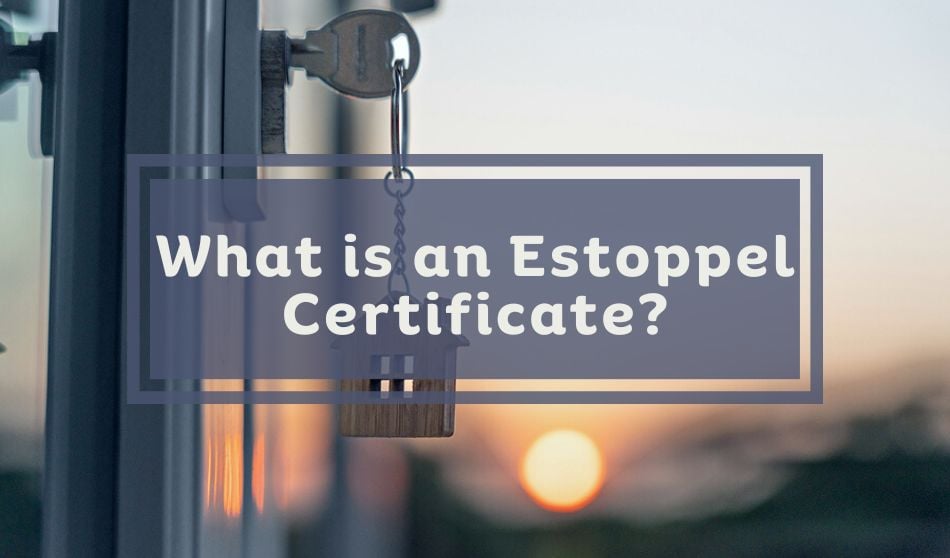
Navigating property transactions can be complex, especially when multiple stakeholders are involved. One essential document often required in such deals is the estoppel certificate. Though it may not grab headlines, this key document ensures transparency and clarity for all parties involved. If you’re unfamiliar with estoppel certificate or wondering how they fit into the larger property deal process, don’t worry. This guide breaks it all down, providing everything you need to know.
What is an Estoppel Certificate?
An estoppel certificate is a signed document used in property transactions, especially those involving rental agreements or leases. Its purpose is to confirm the facts and state of an agreement or lease between a tenant and a landlord. By signing this certificate, the tenant verifies specific details such as rental terms, payment history, security deposits, and any provisions that could affect the agreement. Essentially, it prevents either party from later making claims that contradict the document’s content.
This certificate is especially significant for third-party transactions, such as when a property owner sells or refinances a building. The buyer, lender, or other interested parties use the estoppel certificate to ensure there are no surprises or hidden discrepancies in the lease agreements tied to the property.
Why Are Estoppel Certificates Important?
The estoppel certificate serves several critical purposes in property deals, particularly for protecting buyers, lenders, landlords, and tenants. Here are its most important benefits:
- Clarity and Transparency
For buyers and lenders conducting due diligence, estoppel certificates provide clear documentation of lease terms, tenant commitments, and potential legal liabilities. This eliminates ambiguities and helps avoid surprises after closing a deal.
- Prevention of Disputes
By confirming essential information, the document prevents either party from misrepresenting facts later. Issues like unpaid rent, disagreements over lease extensions, or vague contract terms can be addressed upfront through an accurate estoppel certificate.
- Reduces Risk for Buyers or Investors
For prospective property investors or purchasers, an estoppel certificate gives confidence that the property’s current leases and income streams are legitimate. It also reveals whether the tenant or landlord has unresolved issues.
Key Elements of an Estoppel Certificate
An estoppel certificate must be precise and detailed. Here are the common elements it includes:
- Tenant Information: Full names of the tenant(s) and the landlord.
- Lease Details: Start date, termination date, rent amount, payment frequency, and any renewal options.
- Outstanding Obligations: Confirmation of overdue rent, security deposits, or pending maintenance works.
- Dispute Statements: A declaration confirming there are no disputes or offset rights against the landlord.
- Signatures: Both tenant and landlord must sign the certificate, affirming its accuracy.
When Do You Use an Estoppel Certificate?
Estoppel certificates are typically used in the following scenarios:
- Property Sales
When a property is being sold, the buyer wants to verify the terms of existing leases before completing the transaction. The estoppel certificate is an official record of tenant obligations, payment status, and any special agreements.
- Property Refinancing
Lenders financing a property require confirmation that the income from current leases aligns with the owner’s claims. Estoppel certificates reduce the lender’s risk by confirming consistent cash flow from tenants.
- Dispute Resolution
If a legal issue arises later, the estoppel certificate can legally bind tenants to the details they agreed upon at the time of signing, minimizing back-and-forth disputes.
Best Practices for Using an Estoppel Certificate
To ensure the smooth use of estoppel certificates, consider these best practices:
- Verify Accuracy
Double-check all details, including lease terms, payment records, and outstanding obligations, before submitting or signing the certificate.
- Ask for Assistance
If you’re uncertain about any terms, consult a legal advisor or property attorney to avoid potential liabilities down the line.
- Maintain Records
Keep a copy of the signed estoppel certificate in your records. This can serve as a reference during future property dealings or disputes.
Bringing Confidence Into Property Deals
Estoppel certificates might seem like a formality, but they hold significant weight in ensuring fairness, trust, and clarity in property transactions. For those navigating leases, property acquisitions, or refinances, incorporating this document into the process is non-negotiable.
By understanding how to use an estoppel certificate effectively, you’re setting yourself up for a smoother, more transparent transaction.
